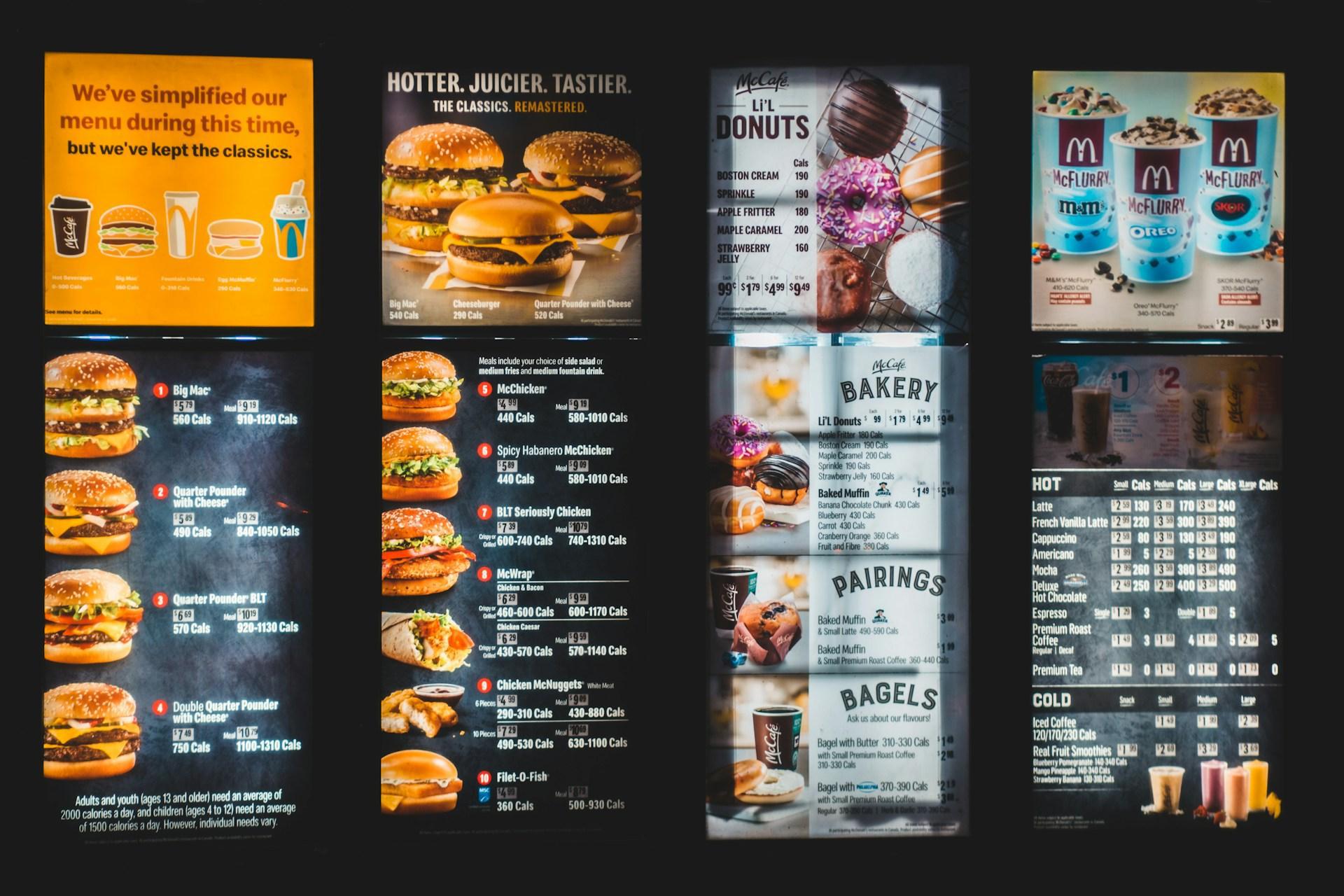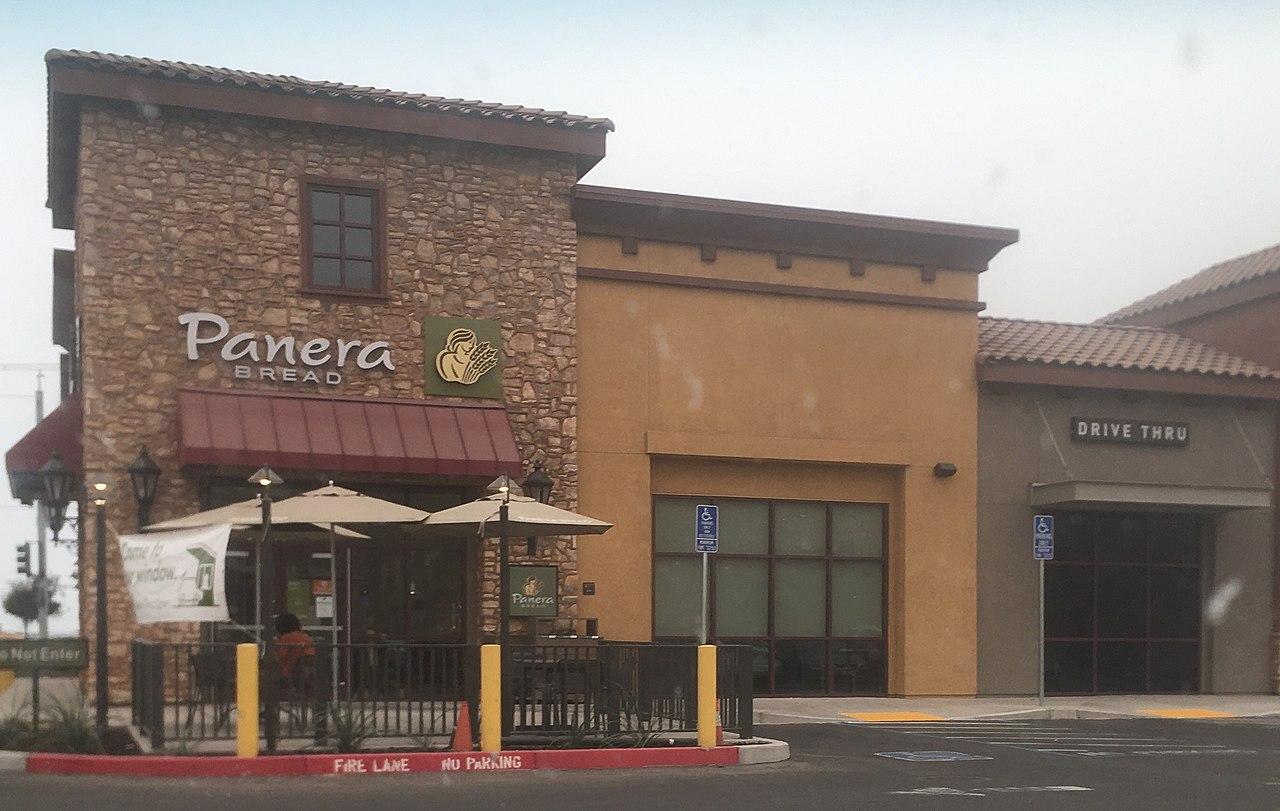On April 1st, Californian fast food employees are set to receive a raise. They will be paid $20 an hour, which is the new minimum wage rate.
However, instead of resolving the employment issues in the state, the new policy is bringing a new problem to the table. These workers are now facing job cuts.
Cutting Employees to Save on Cost

In an effort to offset the rising costs caused by the rising price of minimum wage, owners of Californian fast food joints are laying off their employees instead.
Several chains, like Pizza Hut, have already notified their workers in advance of their termination. Some employees have been terminated as early as February.
Switching to Third Parties

Apart from Pizza Hut, Round Table Pizza — a chain of 400 pizza restaurants predominantly on the West Coast — also planned to lay off their delivery drivers. Thousands of delivery drivers would lose their jobs as a result of the cuts.
But a spokesperson for the chain anticipates the rise of third-party delivery providers, who can expect an uptick in their businesses, as they will need new staff to answer the demands. However, this may result in rising delivery fees, which may cause higher food prices. “This is the reality of today’s restaurants,” the spokesperson concluded.
No More Hires

Some chain owners refuse to hire more staff, despite knowing how challenging it is to run his fast food joint with fewer employees.
Brian Hom of San Jose, owner of Vitality Bowls in two locations, ran his operation with just two staff members, instead of four. It now takes longer for customer orders to be served, reducing efficiency. Furthermore, the cost of the food has also hiked up.
Rising Menu Prices

In fact, other popular fast food joints in California are deliberately raising their menu prices. McDonald’s, Jack in the Box, and Chipotle are among them.
The increase in menu price is, once again, intended to offset the higher minimum wage. This means that California residents pay more for their fast food compared to other US states.
Not a Sustainable Solution

But increasing the price of the food may not be a sustainable solution. Jeff Hanscom, vice president of the International Franchise Association, said this move risked alienating their customers.
With customers no longer getting food at affordable prices, they would look elsewhere for substitutes. And it might also deter prospective franchisees wishing to open fast food restaurants in California.
Trimming Down Working Hours

Meanwhile, Fatburger franchise owners employ the hiring freeze strategy, as well as trimming down working hours. Marcus Walberg, owner of four Fatburger franchises, thought that a higher menu price seemed worse.
Instead, the reduction of working hours would save him more on the costs. Again, this would be implemented without new hires. He stated, “We’re not hiring new people to fill jobs. We’re being very tight with schedules.”
Some Exemptions Available

Surprisingly, there are some chains that are exempt from the minimum wage hike. Unsurprisingly, it reeks of a political scandal involving the man responsible for the changes.
Panera Bread, a chain of bakery café with over 2,000 locations in the US and Canada, is exempt from the new law, as reported by Bloomberg. Allegedly, California Governor Gavin Newsom allowed the exemption to occur because Greg FLynn, CEO of Flynn Restaurant Group that owns two dozen Panera locations in California, has donated to his campaign.
Bread and Grocery Party

There are actually two types of exemptions in the new wage law. The first exemption, the law reads, is for “restaurants that operate a bakery that ‘produces’ and sells ‘bread’ as a stand-alone menu item as of September 15, 2023, and continue to do so.”
The second exemption is for “restaurants located within a ‘grocery establishment.’” The definition for each establishment is included in the FAQ from California’s Labor Commissioner’s Office.
The Fast Food Council

Along with the enactment of the new law, the Golden State government is establishing the Fast Food Council.
The council’s role is to “meet regularly to develop new minimum employment standards specific to the fast food industry.” In what must be an alarming note for franchise owners in the FAQ, it is stated that “the hourly minimum wage established by the Council can increase every year by either 3.5% or the increase in the consumer price index, whichever is smaller.”
Anticipating Disputes

Michael Ojeda, a delivery driver for Pizza Hut, made hundreds of dollars weekly in wages and tips. Now, he had decided to claim unemployment.
Ojeda might still be able to look for other work as a third-party delivery driver. But this does mean the employment issues in the chains are over. The Labor Commissioner’s Office FAQ has provided workers with ways to claim a legal action over any disputes with their employers. It’s as if the state government is preparing for issues to persist.
The Rise of the Unemployed

This situation certainly does not bode well for California, a state currently facing the highest rate of unemployment in the US.
Added with the high living costs and taxes, Californians might be looking to move elsewhere in the country. Unfortunately, if that truly happens, it will be the end of the Californian dream.
